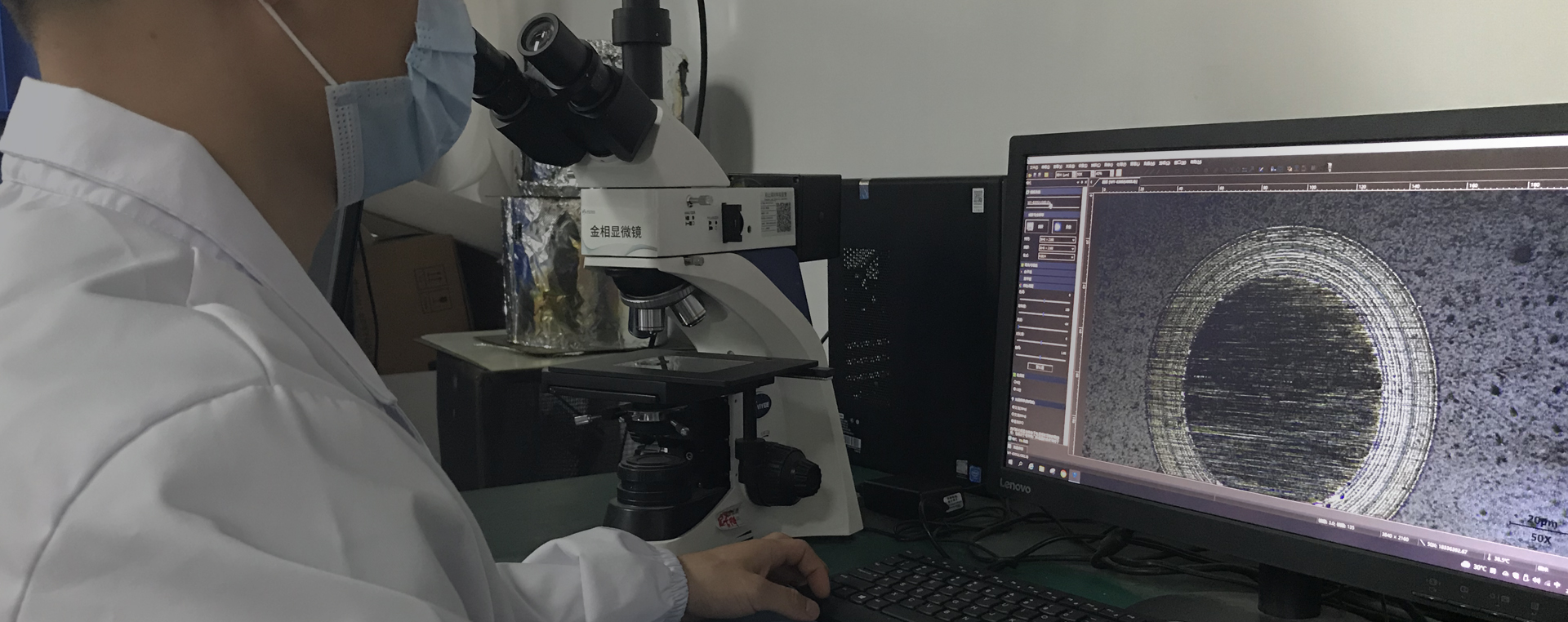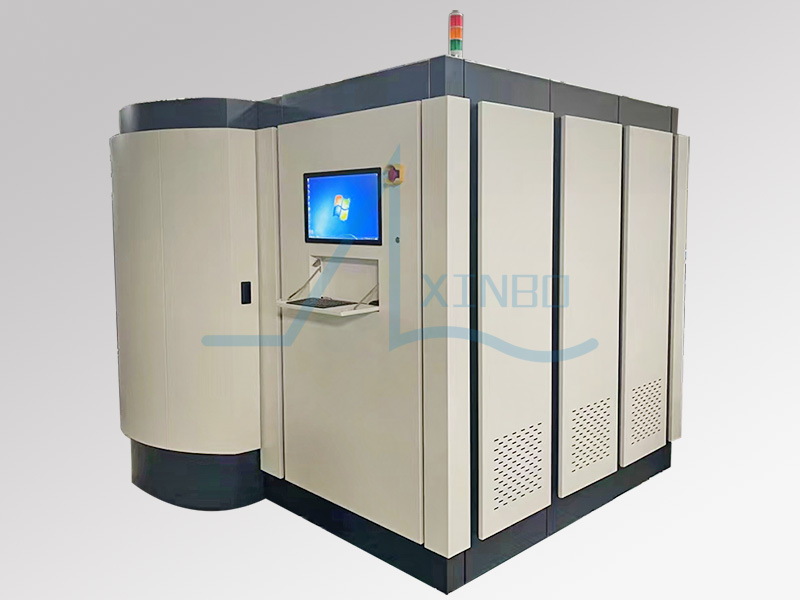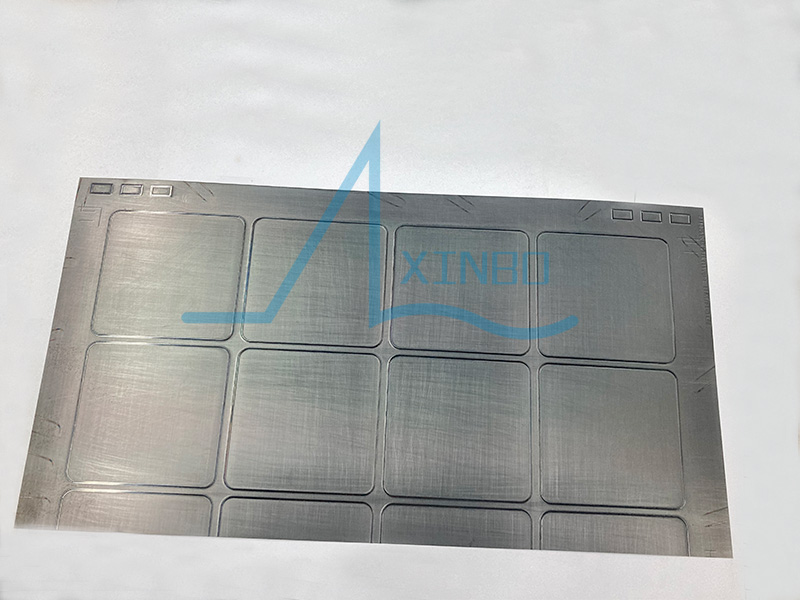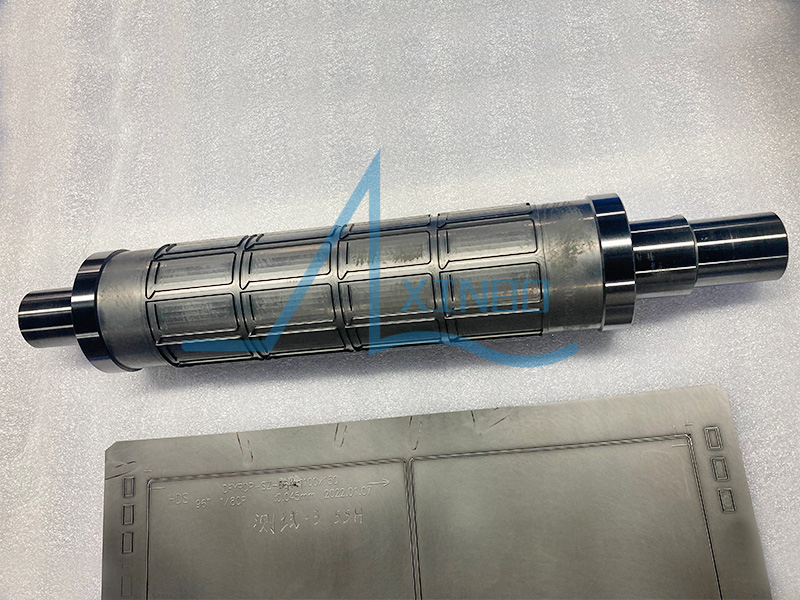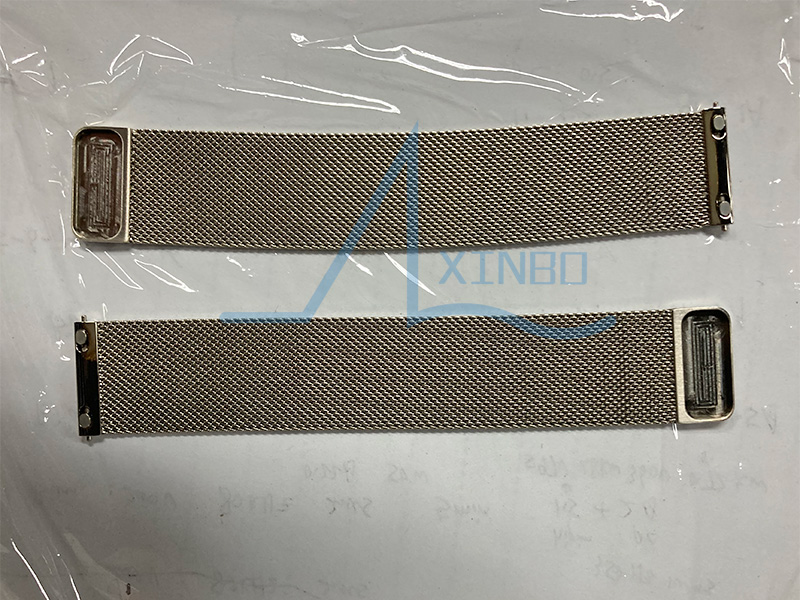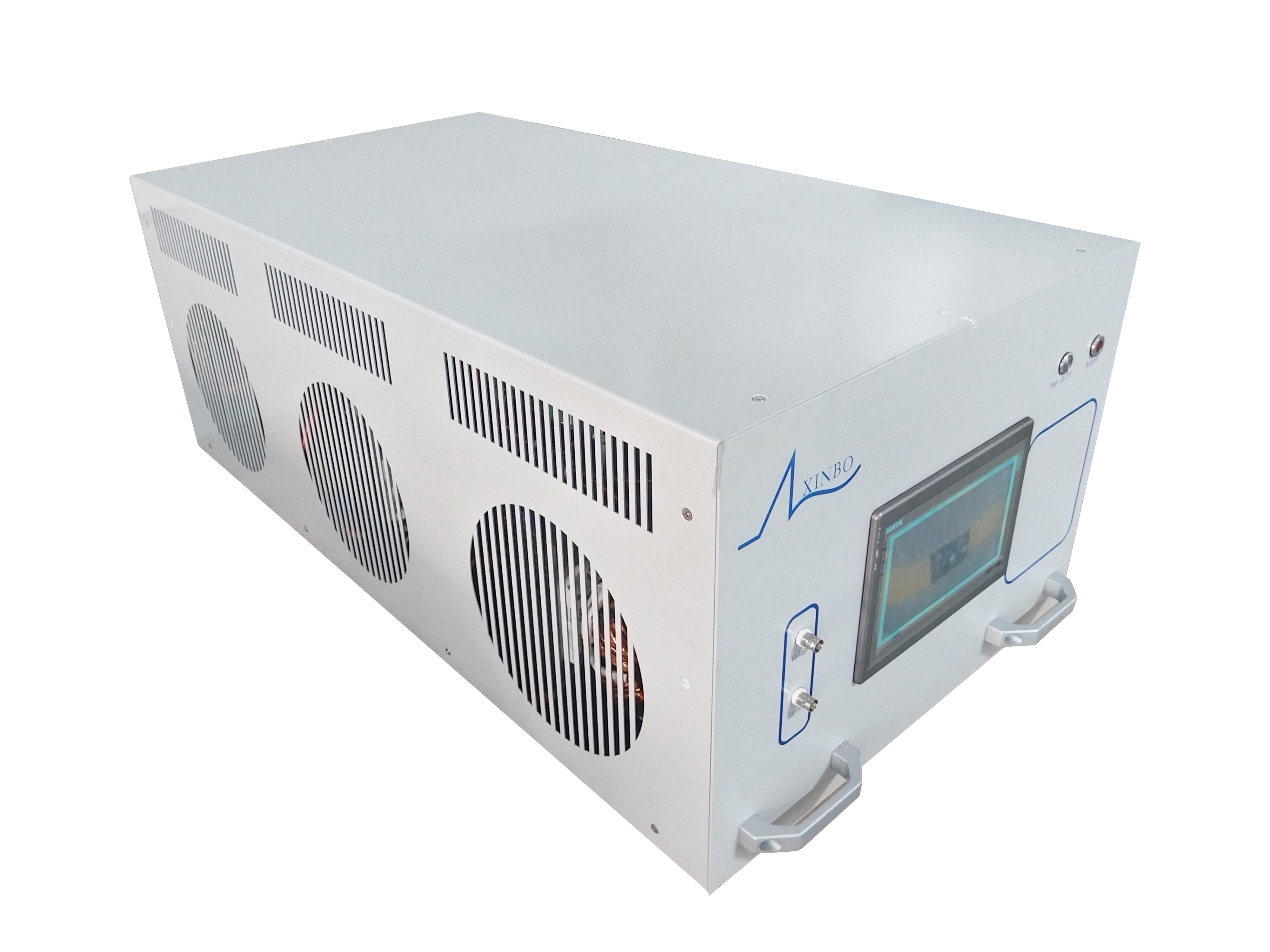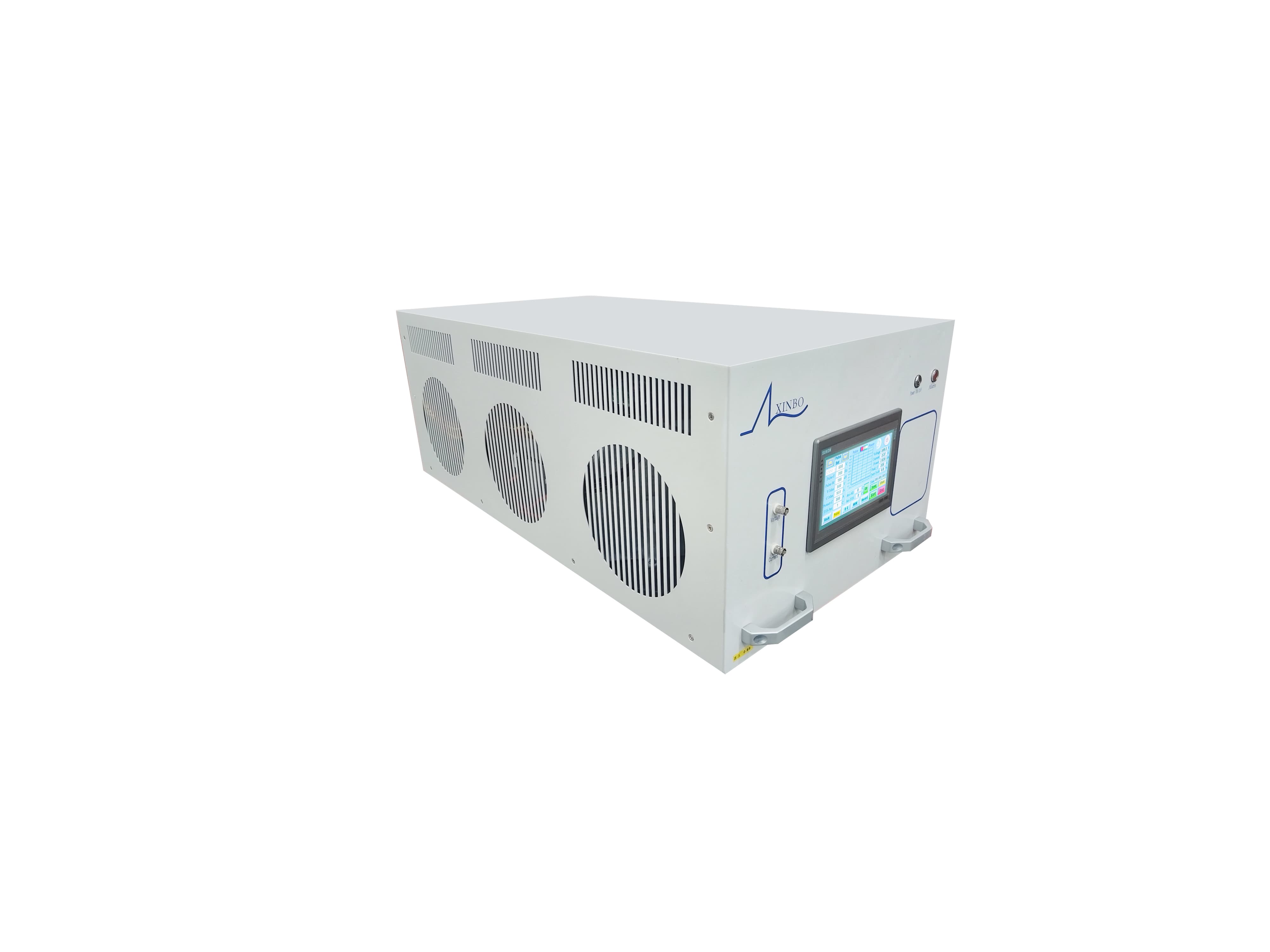Comparative study on the discharge of HiPIMS with or without local ionization zone
The introduction
High-power pulsed magnetron sputtering (HiPIMS) has a variety of discharge patterns near the target due to magnetic field confinement. The instability of discharge, the uniformity of plasma and the magnetic confinement of plasma are very worthwhile to study, such as the changes of plasma shape caused by local ionization of plasma and electron escape, such as bar pattern, ring pattern, etc. Therefore, visually studying the local conditions of these discharges will help us to better understand HiPIMS discharge, especially for different discharge conditions such as air pressure, current and plasma discharge under different targets. In this paper, high-resolution spectral imaging will be used to enumerate the local ionization conditions observed near the targets with different currents and different targets.
Dot eyeball
1) High-resolution spectral imaging comparative analysis of the discharge intensity near the target under different currents;
2) The evolution of discharge patterns of different target materials was compared;
content
As shown in FIG. 1, HiPIMS discharge sputtering studies with different currents were conducted on the target materials of Cu, Nb and Ti. At first intuition, we saw different local ionization spot patterns, which were very beautiful and interesting. First of all, when the current is very low, 0.2A, the discharge near the three targets is very weak, but the angular distribution is very uniform, very uniform ring distribution, these distributions are mainly vertical and magnetic field lines, indicating that the whole discharge is in the initial state of ionization without forming the ionization zone under low current. However, when HiPIMS current was continued to increase, non-uniform local enhanced discharges of the outer ring were observed for all three targets, accompanied by various rhomboid discharge patterns, and strong local dissociation of the outer ring was formed.
HiPIMS
Figure 1. Discharge pattern near Cu,Nb and Ti targets at different current

However, for Cu target, when the current reaches 300A, we can see that the local uneven enhanced ionization of the outer ring gradually disappears and is replaced by a uniform discharge ring, which is similar to that at a lower current, indicating that the local (spot) uneven ionization disappears. However, for Nb, Ti target does not form similar results to Cu target.
The explanation can be obtained by ion energy analysis of the discharge near the target. The main explanation is that for Cu target, it has a high ionization rate, and each ion can sputter about 2.5 Cu atoms, but only 0.5 atoms for Nb and Ti, while gas ions continue to carry out high-intensity particle bombardment sputtering. Therefore, we can see that for Cu target, uniform discharge can be achieved at 300A, and local enhanced ionization disappears, but for Nb,Ti has not been able to achieve uniform discharge, and local ionization continues.
extension
1) The difference in ionization is related to the magnetization of the magnetic field in addition to the properties of the material itself;
2) Further, it is necessary to extend the threshold energy of the ionization sputtering energy of different materials, which may help to better understand the relationship between materials and plasma interaction.
 0769-81001639
0769-81001639
